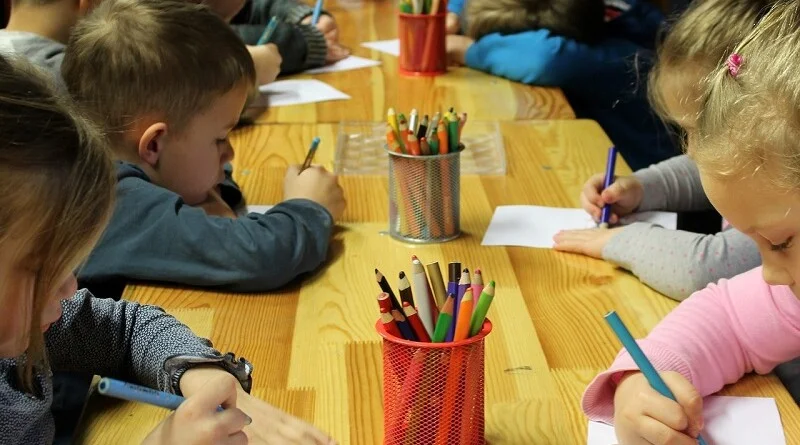Consultation on school closures opens in response to plummeting pupil numbers
A council has opened a formal consultation of residents and school communities on a number of potential school amalgamations and closures.
The consultation by Lambeth council has been launched in response to falling numbers of children starting school in the borough.
The plans propose the closure of two schools, Fenstanton Primary School and Holy Trinity Church of England Primary School, both in Tulse Hill.
Proposed mergers include King’s Avenue School and Glenbrook Primary School, both in Clapham, as will St John the Divine Church of England School in Camberwell and Christ Church Primary in Brixton.
The local authority said people leaving the capital due to Brexit, the cost-of-living crisis and a one-third drop in birth rates, has caused the drastic drop in the number of pupils starting school in Lambeth each year.
In the past 10 years, the number of children starting primary school in the borough has dropped by almost 30 per cent, from 3,243 to 2,324. This has left more than 500 vacancies in reception classes alone – the equivalent of 18 empty classrooms.
Between 2016 and 2024, 975 places – which equates to roughly 33 classes – were removed from primary schools across Lambeth.
But the council said this is not enough to meet the financial challenge and has forecast its schools will be £17million in debt by March 2026 if measures are not brought in.
Cllr Ben Kind, Lambeth’s cabinet member for children and families, said: “I understand how this is an incredibly difficult situation for all involved. It is not a process either Lambeth council or anyone in our school community want to be undertaking.
“This is a huge challenge, and I’d encourage as many people as possible to take part in this consultation as we grapple with this issue.”
Lambeth council has also written to the new Secretary of State for Education, Bridget Phillipson, calling for reform of the National Funding Formula (NFF), which it claims “disadvantages schools in urban areas”.
The previous government changed the way schools are funded so they receive funding on a per pupil basis rather than need, which creates financial pressures when faced with falling pupil numbers.
Earlier this year, research by the Education Policy Institute (EPI) said Lambeth is projected to see England’s largest percentage drop in pupil numbers at primary level – a loss of 24.5 per cent, and secondary level – 18 per cent, between the school years 2022-23 and 2028-29.
Lambeth was also identified as the borough with the largest potential decrease in funding, with 21.2 per cent at primary and 15.7 per cent at secondary level.
A Department for Education spokeswoman said: “We are increasing school funding to almost £61.8 billion next year, which will help to break down barriers to opportunity and improve the life chances of all children.
“The NFF distributes funding based on pupil numbers in the previous October census to give schools who see a reduction in their pupil numbers time to reorganise costs before it impacts their budgets. The formula is regularly reviewed to ensure it is fair.”
The council is consulting residents on the proposed closures and mergers until October 7. Lambeth council’s cabinet will make a final decision on the plans in November.
To view the consultation visit www.lambeth.gov.uk/
(Picture: Pixabay/Alicja)
